Introduction
Geopark: A geopark is a unified area that advances the protection and use of geological heritage in a sustainable way, promoting the economic well-being of the people who live there. There are global geoparks and national geoparks. With this year’s additions, the number of sites in the Global UNESCO Geoparks Network is brought to 177 in 46 countries.
Many UNESCO Global Geoparks promote awareness of geological hazards, including volcanoes, earthquakes and tsunamis, and many help prepare disaster mitigation strategies among local communities.
‘The aim of the centre is to introduce the Aspiring Geopark project and encourage people to explore Jersey and discover its stories along the way. The Island has been shaped by tide and time over millions of years. Jersey’s exceptional geology and important cultural heritage form the outstanding surroundings we enjoy every day.’
With the new threats of climate change and further urban developments- Geopark sites are heavily protected and are spread around the island, they include dolmens, heritage sites-such as Gronez Castle- and rocky outcrops. All sites are significant in Jersey’s heritage- with some sites dating back to over 6,000 years ago.

Sights of Special Interest
Natural Sites of Special Interest (SSIs) are places that are considered to be of public importance because of their special zoological, ecological, botanical or geological interest, or a combination of these and other special qualities.
SSSIs are designated in accordance with the duties in law placed upon each of the country nature conservation bodies (CNCBs) to notify as a SSSI any area of land which, in its opinion, is of special interest by reason of any of its flora, fauna, geological, geomorphological or physiographical features.
Jersey Sights
The Island’s first ecological Sites of Special Interest (SSIs) were designated in 1996 and we now have 19 – mainly in the south and west of Jersey and covering a total of four per cent of Jersey.
Examples of these sights of special interest are L’Etacq, Le Pinacle and Stinky Bay which are all Geopark sites. These are parts pf the islands incredible history and add to its landscape, they contain many different types of rock including sedimentary, igneous, and metamorphic.
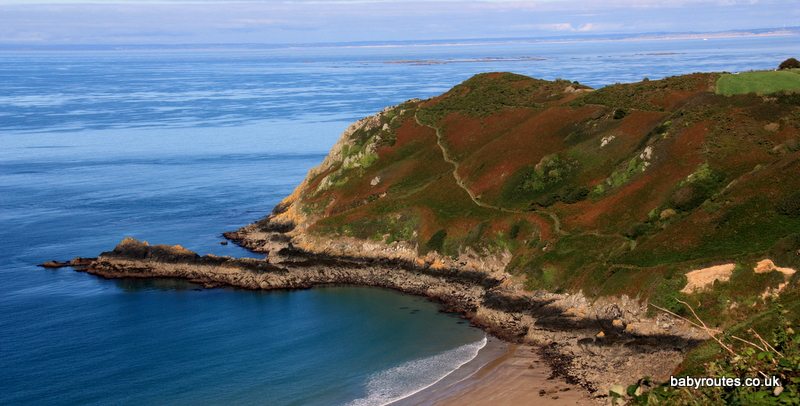
Stinky Bay
Le Pinacle is a protruding pinnacle of rock, at the coastal edge of a Les Landes in the north-west of Jersey, with remains and ruins at its base dating from five periods including the Neolithic and Chalcolithic periods, the Bronze Age, and the Iron Age. There is also evidence of a rectangular Gallo-Roman temple.
L’Etacq was surrounded on two sides by a forest of oak trees. One year, waves moved up St. Ouen’s beach and began to flood the land. The sea rose until it covered the manor, and eventually it covered the oak forest as well. When the tide is very low at St. Ouen, you can still see black tree stumps – the petrified forest, all that remains of the oak trees that once surrounded the manor.
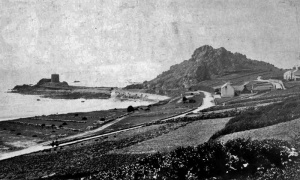
L’Etacq 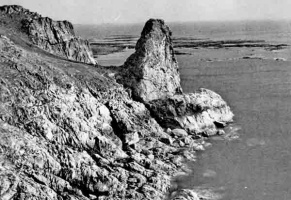
Le Pinacle
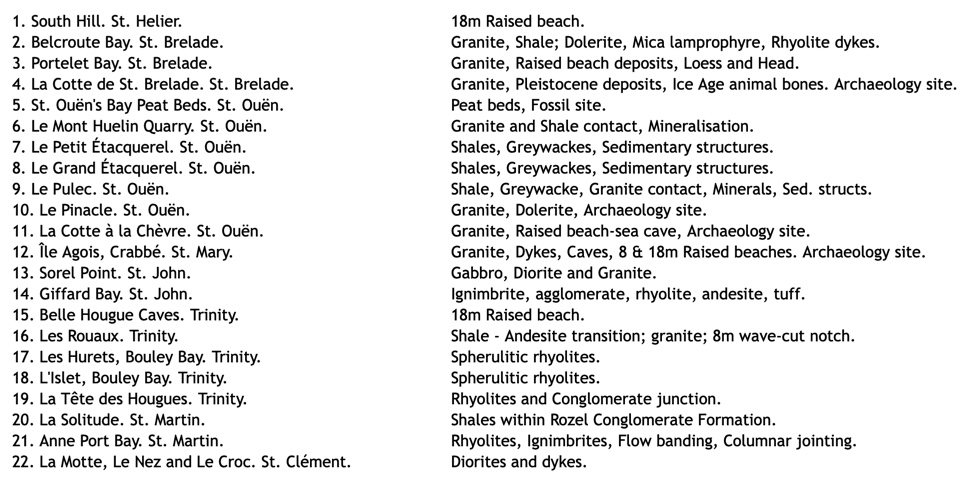

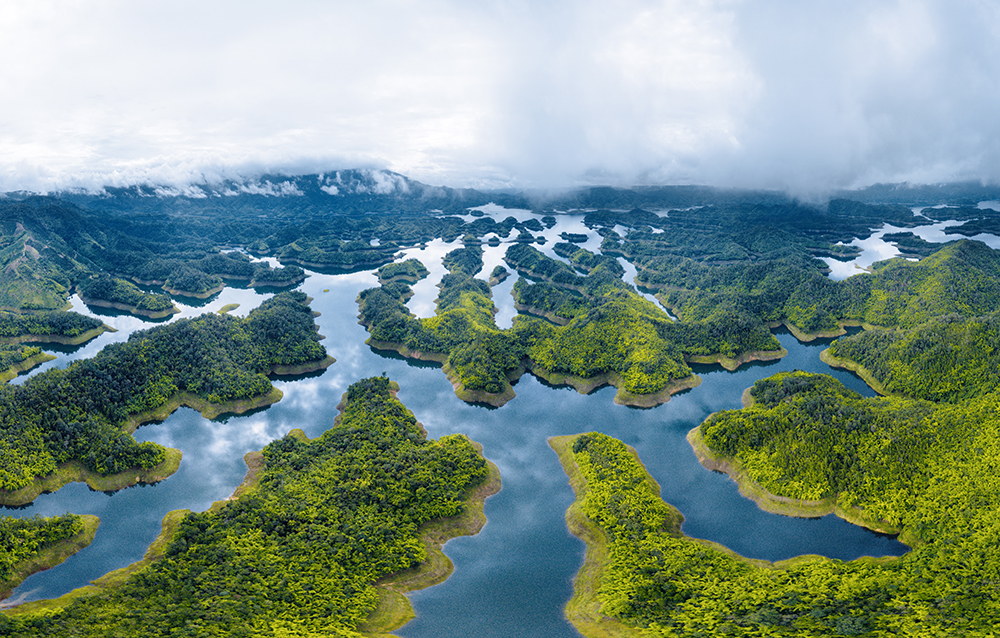
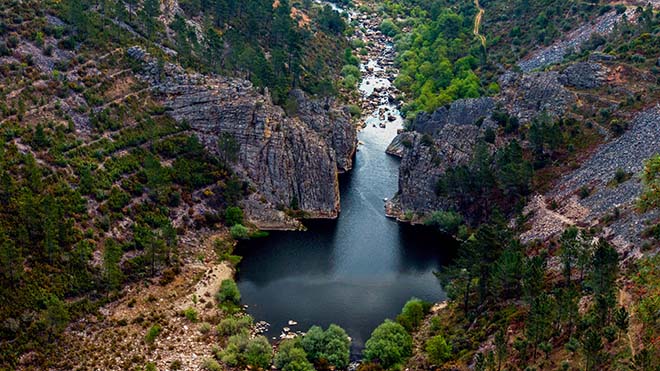
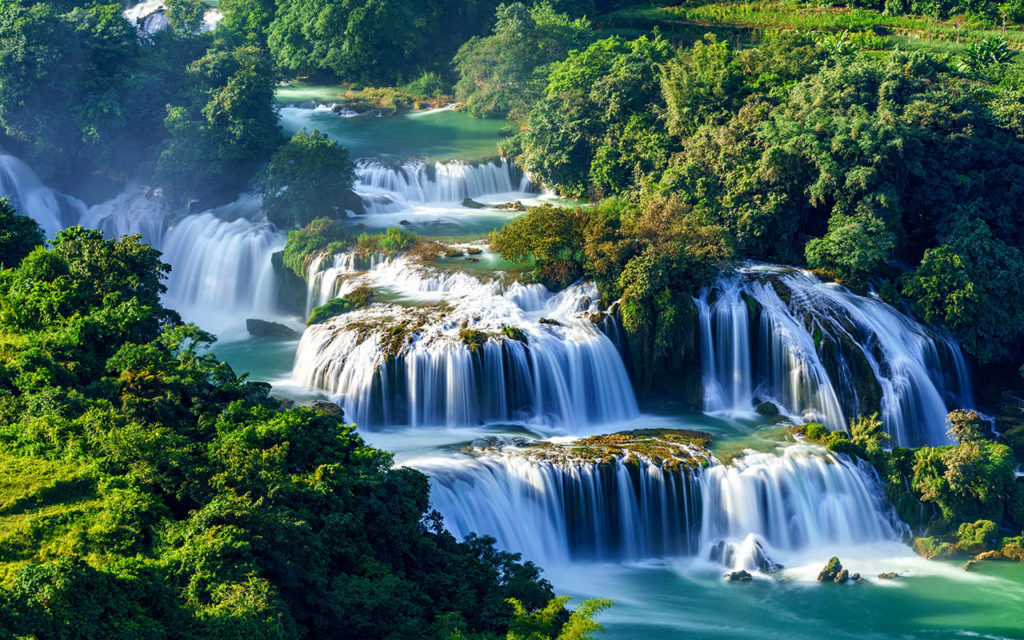

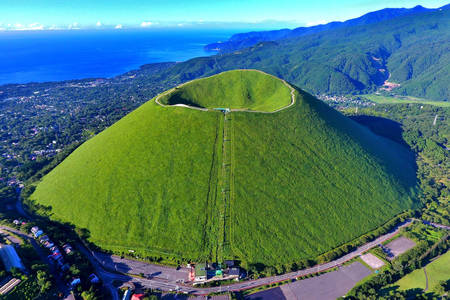
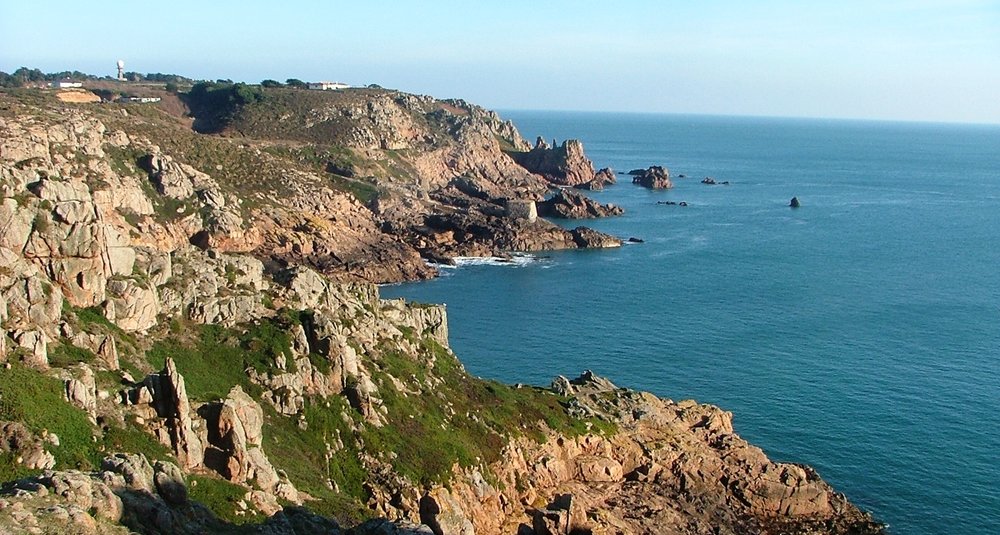
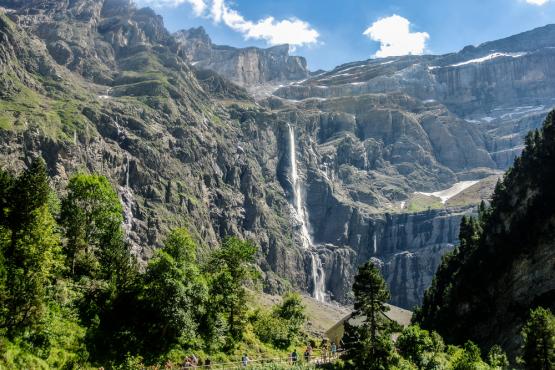


Hi Zara, there is a lot of work missing both from before summer and since we started new academic year in Sept. You must show more commitment and produce more work – especially making sure that you work productively in lesson. We need to see improvement immediately and expect the work below to be done by Tue 20 Sept. Thanks!